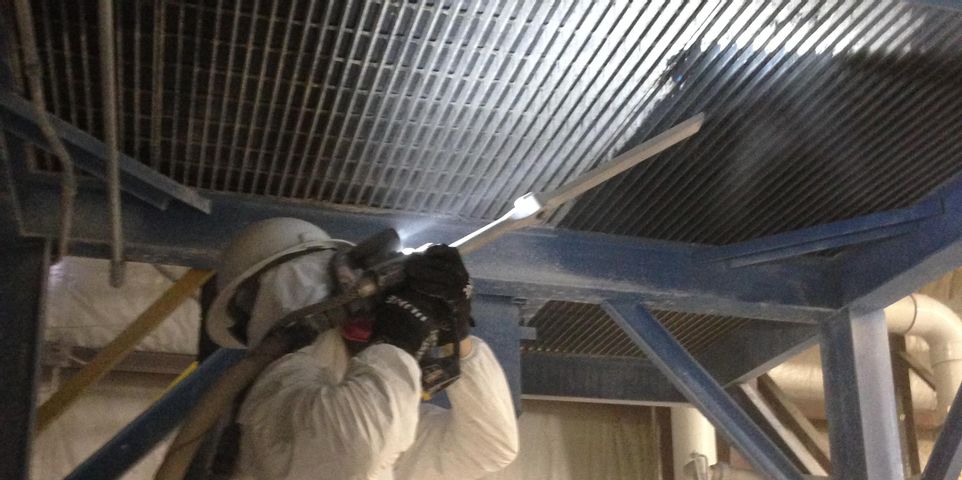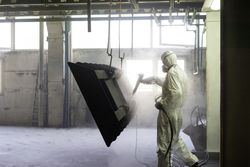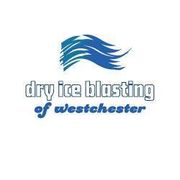4 Frequently Asked Questions About Dry Ice Blasting

Sometimes, the only way to remove a stubborn contaminate is by physically scrubbing it away, which can be difficult if the stain is hazardous. Contaminants like mold, lead-based paint, and burned items can be dangerous if the particulates become airborne, but dry ice blasting can help business owners to protect their employees. Here are four frequently asked questions about dry ice blasting.
4 FAQs About Dry Ice Blasting
1. How Does It Work?
During dry ice blasting, technicians use specialized equipment that propel small pellets of dry ice into a powerful stream. The sheer force of these pellets will thoroughly clean surfaces, helping workers that are faced with difficult contaminate removal projects. Dry ice blasting is used heavily in industrial and commercial applications.
2. Will Dry Ice Blasting Damage Surfaces?
 Dry ice pellets are a soft, non abrasive blast media. They are minimally invasive, and will be gentle yet aggressive as they clean the targeted surface. In fact, dry ice pellets sublimate on contact and dissipate into carbon dioxide, leaving behind no residue. Since dry ice is -109 degrees Fahrenheit, it shocks the bonds contaminants have with the item they are attached to, creating a clean break between the contaminate and the substrate..
Dry ice pellets are a soft, non abrasive blast media. They are minimally invasive, and will be gentle yet aggressive as they clean the targeted surface. In fact, dry ice pellets sublimate on contact and dissipate into carbon dioxide, leaving behind no residue. Since dry ice is -109 degrees Fahrenheit, it shocks the bonds contaminants have with the item they are attached to, creating a clean break between the contaminate and the substrate..
3. What Are the Benefits?
In addition to being fast, efficient, and safe for the targeted surface area, dry ice blasting is environmentally friendly and does not produce toxic byproducts. Dry ice blasting is a dry process and does not contain any water. This will prevent issues like flash rust or potential mold accumulation.
4. Will the Pellets or Surface Materials Ricochet?
As soon as dry ice pellets hit the surface of the item being cleaned, they dissolve on contact, so the media don’t ricochet. The contaminate that is being cleanedwill release itself from the surface and will drop away.
If you have tough surfaces that need to be cleaned, contact Dry Ice Blasting of Westchester. Known for their commitment to excellence and professional demeanor, these OSHA-trained-and-certified experts can help you tackle even the toughest stains. For more information about their business or their processes, explore their website or call (914) 216-1998.
About the Business
Have a question? Ask the experts!
Send your question

